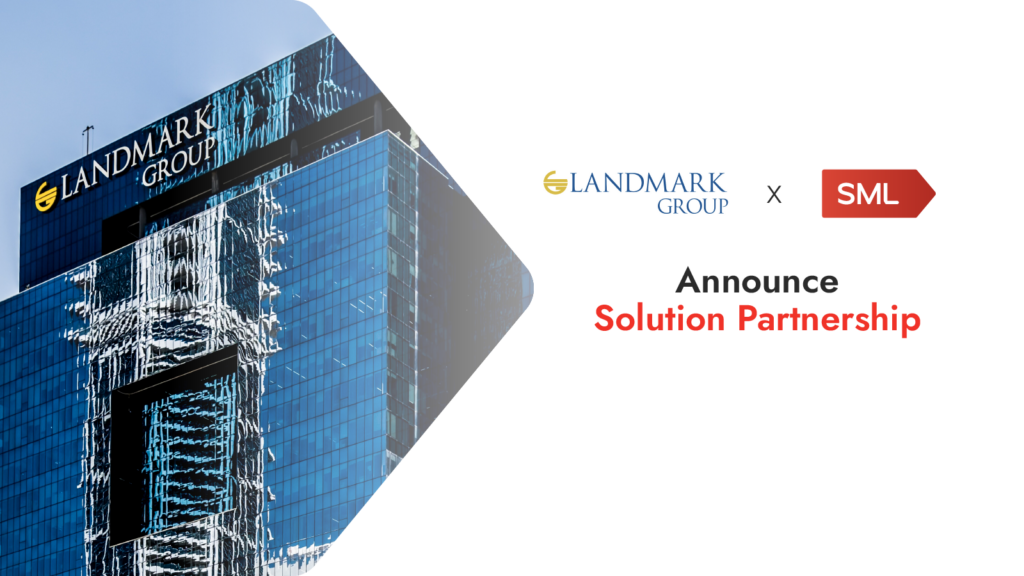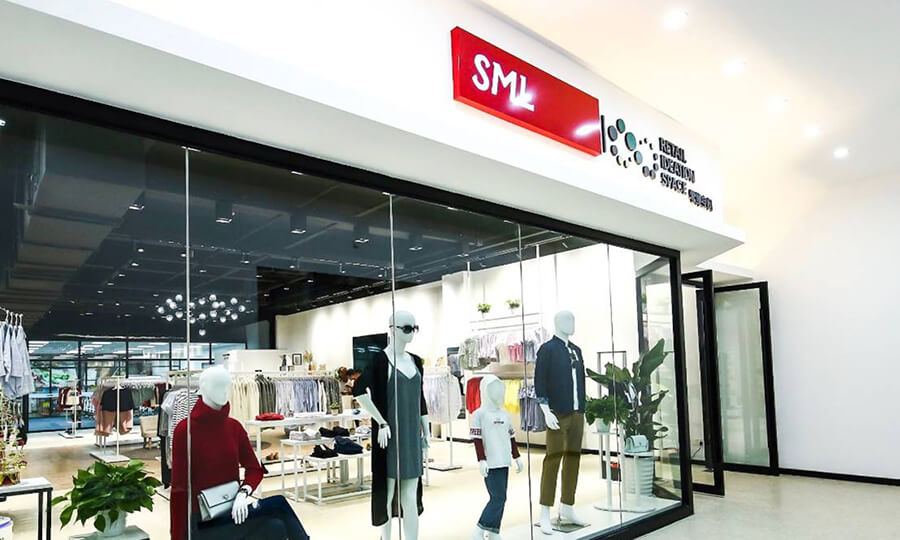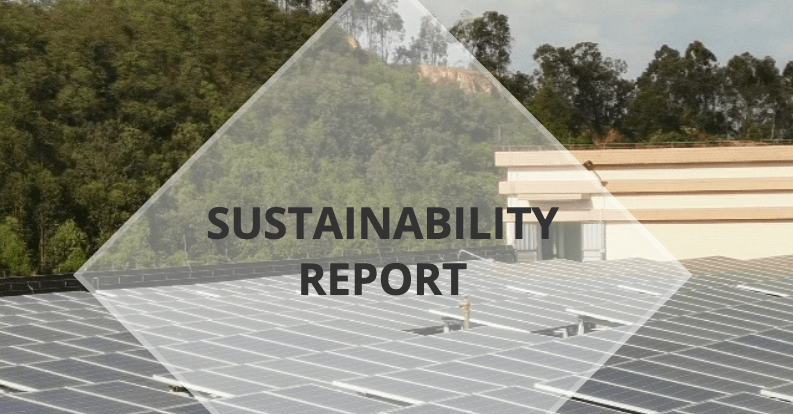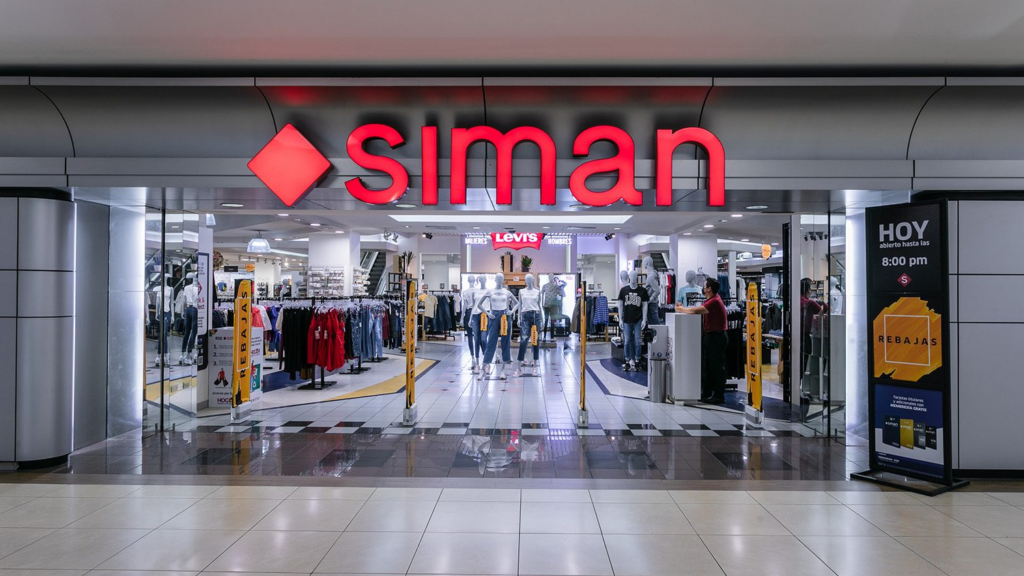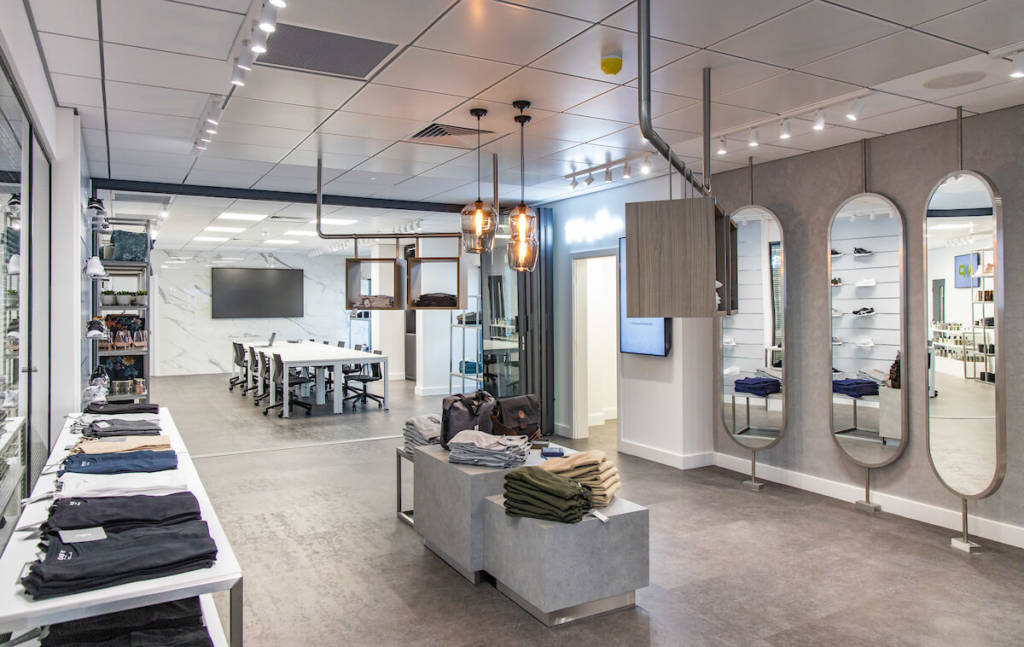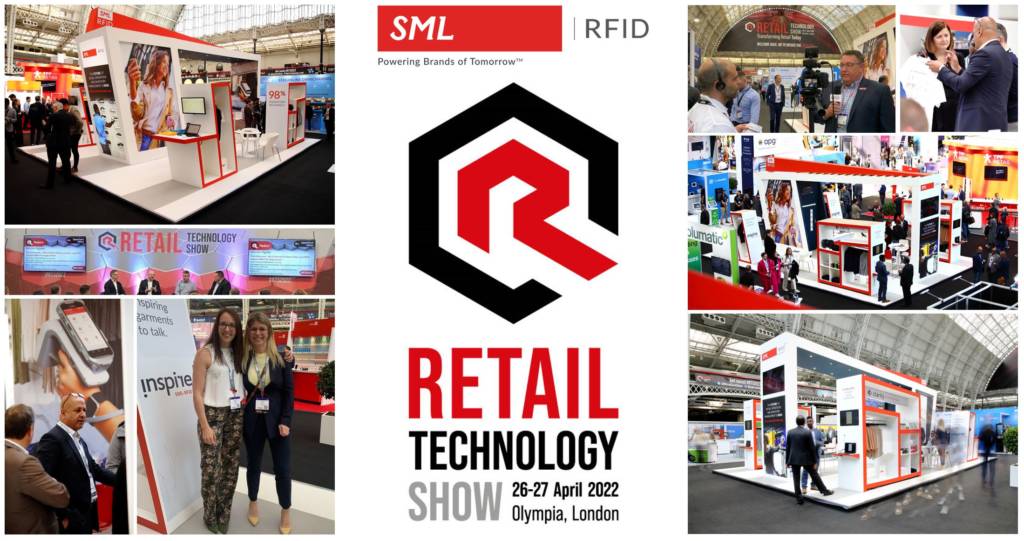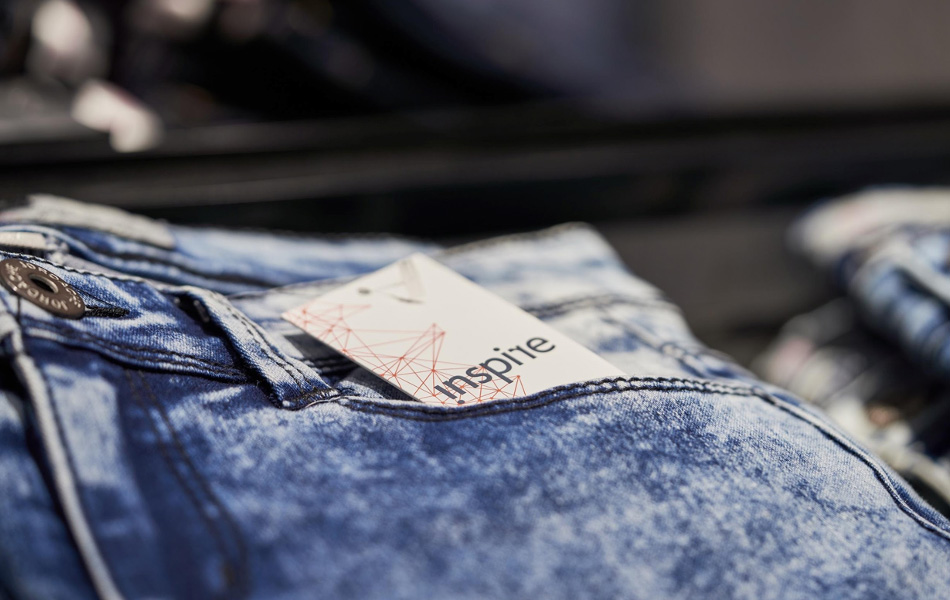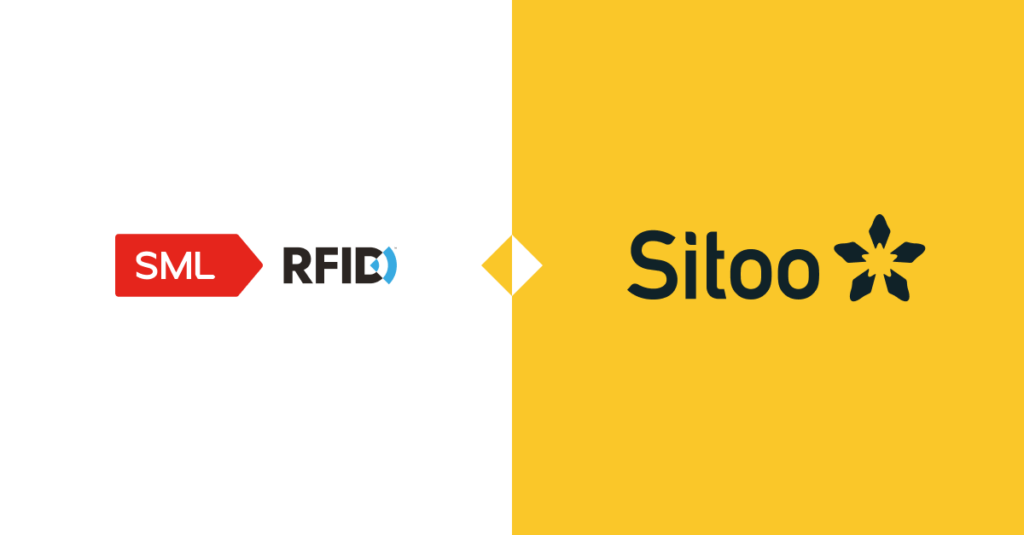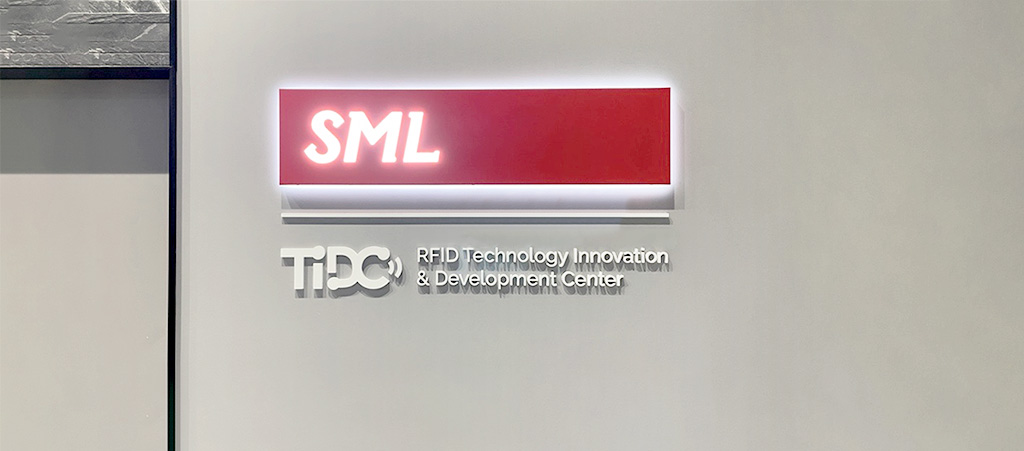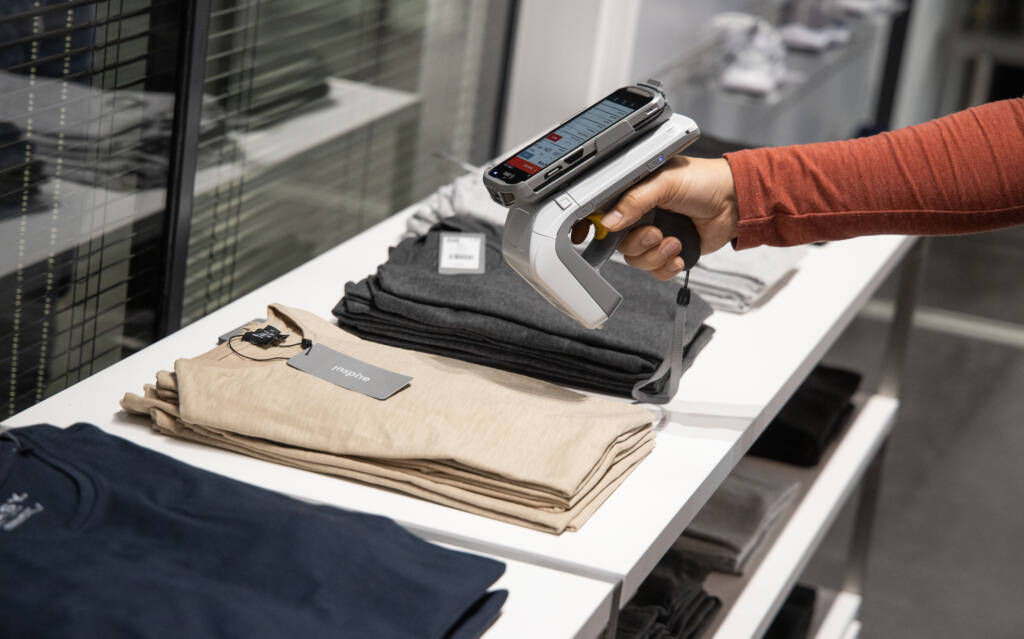Interview with Gary Moskovciak from SML Group
Originally published on ecommercenext.org
How are brands leading the way when it comes to the widespread adoption of retail technologies?
Brands realize that to be relevant to today’s consumers, they must offer and nail an efficient hybrid channel offering: both physical and digital platforms. Consumers still prefer to shop in-store and most would do research prior to visiting the store / search the product online while in-store etc. Connecting the physical and digital world with an always-on or cloud approach is critical to provide consumers a seamless Online-to-Offline / Offline-to Online (O2O) experience. Retail technologies that enable item-level inventory management, resulting in a more agile supply chain and unlocking of BOPIS will be widely adopted. Such technologies lie at the heart of a brand’s digital transformation and in order to succeed, businesses must be driven by a leadership that understands the importance of technology being an enabler of change
What technologies can retailers implement in order to enhance their supply chain offerings?
RFID continues to be the front runner for enhancing supply chain efficiency and effectiveness. Features: As a low cost, highly versatile, and abundantly available technology RFID is being used across all industries with the largest impact on retail that enables item-level inventory management (as opposed to SKU-level management). Benefits: If properly deployed, RFID enables retail supply chains to function without line-of-sight (i.e. the need to physically see or touch the product, carton, or container). It enables real-time visibility to where products are in the supply chain. RFID also allows retailers to right size their product mix, move from a push to pull replenishment model, and enhance business analytics resulting in improved profitability.
How can retailers look towards innovative technologies to address the labor shortage impacting the industry?
Automation is the main driver to mitigate labor shortages. By leveraging technologies such as RFID, optical recognition devices, and various sensors retailers are coping with labor shortage. For example, in a warehouse or factory environment the use of RFID allows outbound auditing without the need to manually inspect, count, and record every box as it enters the truck. As goods are received at the distribution center inbound auditing experiences a similar benefit allowing the product to continue in circulation without the need for excess personnel. At the store level weekly inventory counts conducted in a matter of minutes enables the associates to know what they have with nearly perfect accuracy. RFID allows for improvement in BOPIS sales as associates spend less time searching for products or having the BOPIS order cancelled. By enabling self-checkout and utilizing RFID + QR, the customer can pick and purchase without the need for an associate to assist.
What innovative technologies can retailers implement to increase overall efficiency and drive results across global/domestic teams?
Wide scale adoption of RFID has many retailers experiencing improved efficiency and profitability throughout their ecosystem. Most deployments start at the store level helping retailers understand inventory positions, customer behavior, and enable a true omni-channel offering. We are seeing the upstream adoption of RFID at the distribution center enabling efficiencies for key functions like auditing, pick & pack, and returns processing. A seamless returns processing allows products to move back into circulation quickly. At the factory level we are seeing assembly lines utilize RFID to monitor production as well as remove the manual process of auditing outbound shipments.
All of which helps the retailer effectively manage their product with less variances (what was sent vs received) and what is truly needed versus what they think is needed.
Additionally, we are seeing an increased interest in block chain for retailers. With the trusted ledger a retailers can effectively track and trace their products’ ensuring products are ending up in the right location, not diverted, and is authentic. The use of RFID, and QR or NFC enables the ledger to add another dimension as the item itself becomes part of the block chain. The goal is to track an item throughout its life cycle not ending with the customer but rather remain in a circular economy helping retailers stay connected with customers.
Why has there been a rise in demand for frictionless technology?
As we have seen during the pandemic frictionless transactions are the norm today whether it’s at a grocery, apparel, or big box retailer all having self-check kiosks. By providing the consumer with the ability to self-serve without wasting time standing online or waiting to interact with associates to complete a sale will continue to grow in popularity.
What frictionless technologies can we expect to see within the retail industry in 2023 and beyond?
The technology whether using RFID, QR, NFC, optical readers, sensors, or BLE will continue to enable retailers to enhance the consumer’s experience. In the IoT world products are connected devices. Like how phones have become more than just a means to communicate, these connected products will continue to transform retail.
Another technology that is rapidly growing is the use of robots. While robots have been effectively used in a warehouse environment, we are starting to use them at the store level. Early uses for robots in retail are for inventory counting negating the need for humans to physically count. As robotics advance further, we will start to see them used for pick and pack options at the retail store level. This is already the case with many distribution centers today with robots picking products to fulfill a pick list.
What should retailers take into account when implementing technologies within the retail industry?
First, align all stakeholders and align on fundamental objective(s). All parties need to collaborate on this. Second, choose a technology that is proven that is most viable to meet the aligned objective and can generate the ROI. There are countless technologies that claim to solve challenges, but few have been proven to do so on a large scale. Stay away from shiny objects as they could distract a project. Technology is dynamic, there will always be a distraction of something new but often not proven.
Third, remain focused on the business case and progress to the next case only after achieving your original objective. From an (UHF) RFID perspective it all starts with inventory accuracy. Once you know what you have and where you have it then you can progress to other cases further improving the ROI and efficiencies.
Originally published on ecommercenext.org

